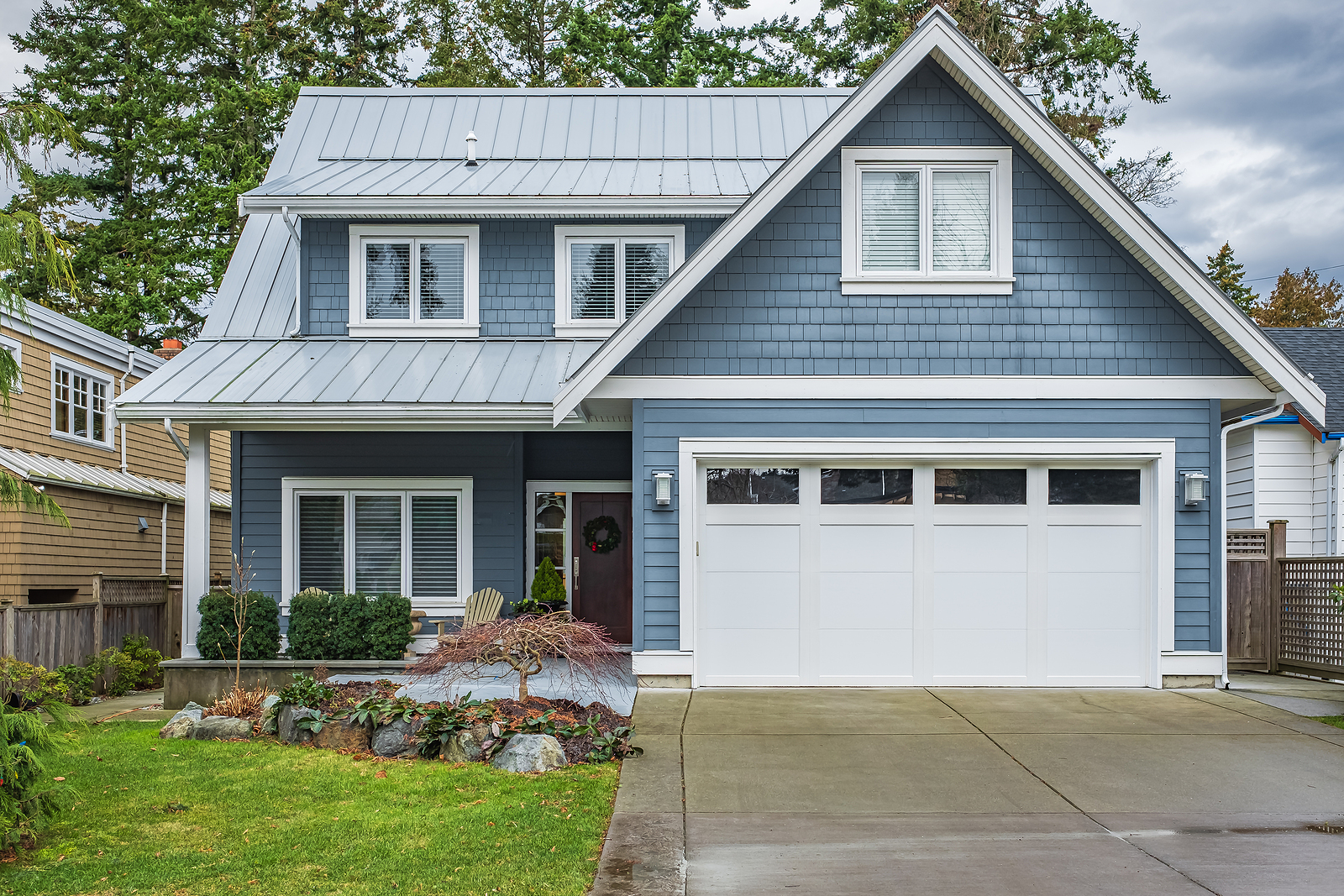In the 19th century, three generations living in the same home was a practice that dominated the American lifestyle. “Victorian society believed in the importance of family … Lifespans were lengthening, and couples also married earlier and had children sooner, so families were likelier to have three living generations” in one home, according to Flora Davis at SilverCentury.org. So it was Grandpa, Gramma, Mom, Dad, and the kids, all living as roommates.
By 1900, “… 57 percent of Americans 65 and older—and 71 percent of widows—lived with one of their grown children,” Davis claims.
Along came the Great Depression, and it only made sense for multiple generations of Americans to share the burden of the cost of housing.
Until the advent of Social Security upended everything.
“… almost immediately, living arrangements began to change: soon all but the poorest elders could afford to live independently,” Davis says. “By 1990, just 20 percent lived with an adult child, down from 71 percent at the turn of the century,” she concludes.
Fast forward three years ago, and we see a resurgence in the trend. Around 15 percent of homebuyers surveyed by the National Association of Realtors had plans to include multiple generations in their new home. “That’s an 11 percent increase in multi-generational buyers over the prior year,” claims Davis.

A lot of this has to do with sky-high home prices, bringing sky-high mortgage payments. It’s a lot easier to deal with the cost when several adults are contributing to the budget, the child-care duties, and looking after the Grands.
Have you considered joining the trend? If so, read on for some tips to keep in mind.
What to look for when house hunting for a multi-gen home
As you can imagine, with so many people under one roof, privacy is at a premium. Ensure that the home you place an offer on has a space for each member of the family to call their own.
This can be as simple as putting up dividers in large spaces to taking on more involved tasks, such as constructing new walls.
You’ll need to look into the local zoning laws if you choose the latter or find a large home to take advantage of the former.
Remember that much of what you need to look for in a home depends on which generations will live there.

“If you have adult kids moving in, a loft or a finished lower-level apartment might work well,” according to real estate journalist Michele Lerner at NewHomeSource.com. “For families moving older people into their home” keep “…the multigenerational suite on the first floor to avoid stairs,” she concludes, citing Jeff Roos, with Lennar Homes.
Lennar, by the way, offers its own solution for multi-gen living known as NextGen “Home Within A Home.” This may be your solution if a newly constructed home hits your hot button.
Remember, even when shopping among newly constructed homes, you will want your own real estate agent. The new home community’s agent works for the builder. Always have your own representation.
Issues to consider
Yes, it’s uncomfortable, but the financial aspect of the home purchase and ongoing costs are a discussion that needs to take place early in the process. And the discussion should not be “a parent-kid thing,” according to John Graham, who co-authored a book on multigenerational living.
He goes on to caution that families should aim to “level the hierarchy of the family,” treating each member as an adult. Some of the topics of these conversations should include:
- Who will buy the property?
- How will the title be held? It’s essential to understand the different ways of holding a title. For instance, what happens to the home upon the death of the primary buyer?
- How much will each adult contribute each month to the mortgage payment?
- Lists of each family member’s must-haves in a home and those he or she can’t tolerate.
Talk to your attorney to ensure you’ve discussed all the ramifications.
Dysfunctional families may find the thought of multigenerational living intolerable. Still, it may be the ideal lifestyle for families who enjoy close ties and harbor respect for one another.





